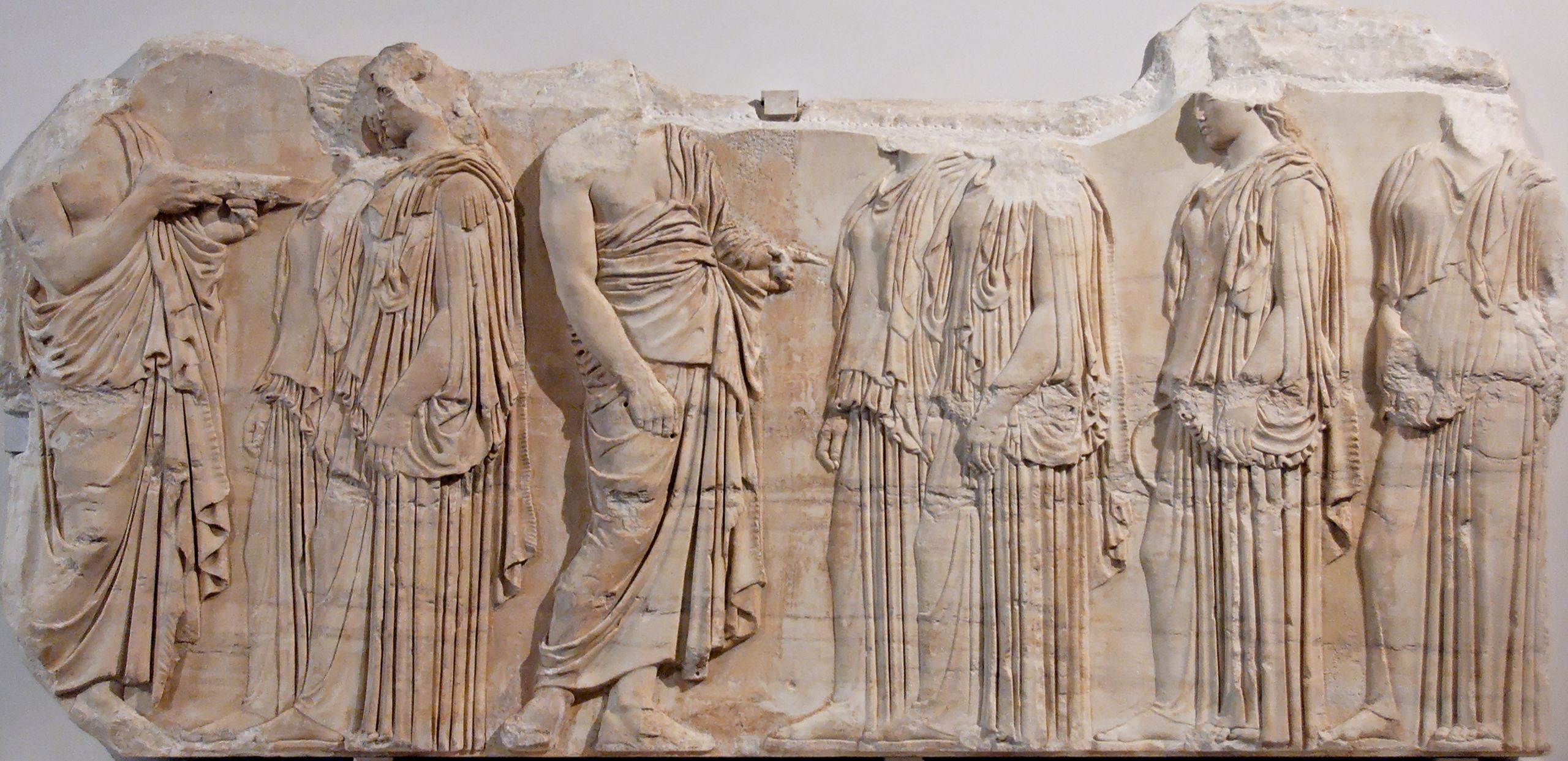
In the 18th century, archaeologist Louis-Francois-Sebastien Fauvel competed with Lord Elgin for the Parthenon Marbles, pieces of which he eventually took back to his native France.
Millions of words have been written about the so-called “Elgin Marbles,” the Parthenon sculptures taken by Lord Elgin from Greece before the War of Independence.
The world-famous ancient sculptures, which have been on exhibit at the British Museum for many decades, have been the focus of a valiant 35-year-long crusade to get them back to Greece.
Yet, comparatively little is known about the story of the Parthenon sculptures which were taken from the Acropolis by the French at about the same time as those taken by Elgin, and are now exhibited at the Louvre Museum.
Fauvel: The “French Lord Elgin”
Fauvel (1753-1838), sometimes called the “Father of Archeology” in Greece, was born in Clermont-en-Beauvaisis, France.
A supremely multi-talented man who worked as a painter, diplomat, and archaeologist, Fauvel was stationed in Athens for many years before Greece’s War of Independence from the Ottomans.
The diplomat enjoyed his first stay in Greece during the years 1780-1782, when he worked as a painter in the service of the Comte de Choiseul-Gouffier.
When the Count was appointed as the ambassador of France to the Sublime Porte in Constantinople in 1784, he again engaged Fauvel as a painter.
However, Fauvel grew unhappy with life at the embassy and he began to make archaeological trips out into the Greek countryside at every opportunity in order to collect material for his future publications. He also began to collect antiquities for his patron.
In the summer of 1793, Fauvel settled permanently in Athens after the Count left Greece to go and live in Russia.
He ended up being recognized for his archaeological work in February of 1796 by being named a “non-resident partner” of the Institut de France. This secured funds for his further research in Greece.
Napoleon Bonaparte’s military campaign in the Ottoman territories in Egypt and Syria, which took place from 1798 to 1801, during which he proclaimed to defend French trade interests in the region, led the Ottomans to imprison and then expel Fauvel.
Seeking to return to Greece, the painter-turned archeologist somehow obtained the diplomatic post of Vice-Consul of France in Athens. He then returned to his adopted country in January of 1803.
It was at that time when Fauvel began to compete with Lord Elgin, the British ambassador, for the ultimate archaeological prize of Greece’s Parthenon Marbles.
He managed to beat his British opponent in the field of absconding priceless antiquities by sending a metope and a section of the Parthenon marbles back to France.
The Parthenon marbles in France

The exact details of the acquisition of the two important sculptures belonging to the Parthenon are unknown.
The metope from the south façade, which portrays the Battle of the Lapiths with the Centaurs, in which the mythical king of Athens, Theseus, took part, was purchased by the Louvre Museum in 1818.
Then, there is “The Plaque of the Ergastines,” the frieze which depicts the high points of the great Athenaian procession, which was held every four years in ancient Athens.
This sculpture shows six Ergastines, the young women who were in charge of weaving the golden shawl to be offered to Athena, being greeted by two priests as they walk in procession towards the assembly of the gods.
The official records cited by the French museum note that these sculptures were sent by Fauvel to Count de Choiseul-Gouffier himself.
Somehow, by the intervention of the English, however, the marbles ended up in London, where they were sold in an auction to Thomas Bruce, the seventh Lord of Elgin, in order to enrich his collection of antiquities.
Under equally-murky circumstances, Elgin then allegedly returned the Plaque of the Ergastines to their French owner in Paris, who then sold them to the Louvre Museum, where they remain on display today.
See all the latest news from Greece and the world at Greekreporter.com. Contact our newsroom to report an update or send your story, photos and videos. Follow GR on Google News and subscribe here to our daily email!



